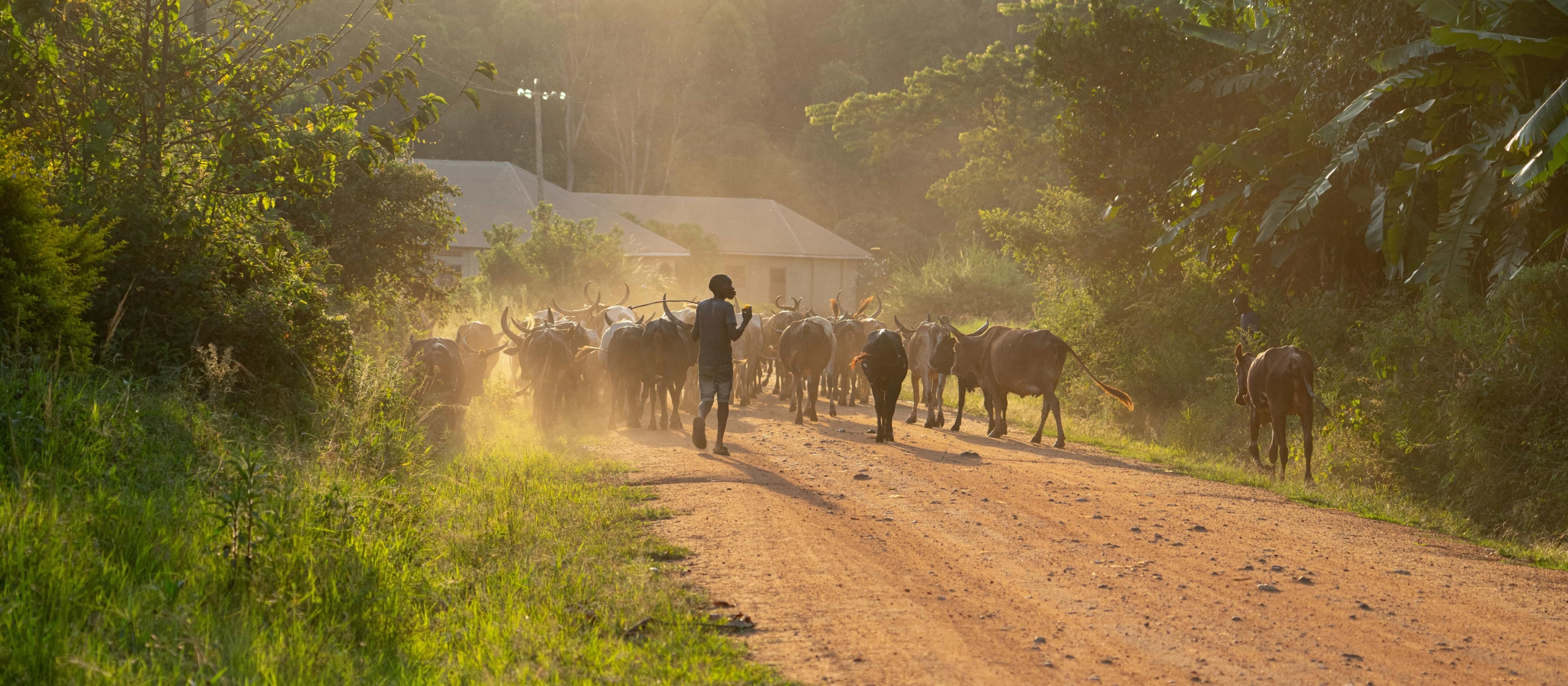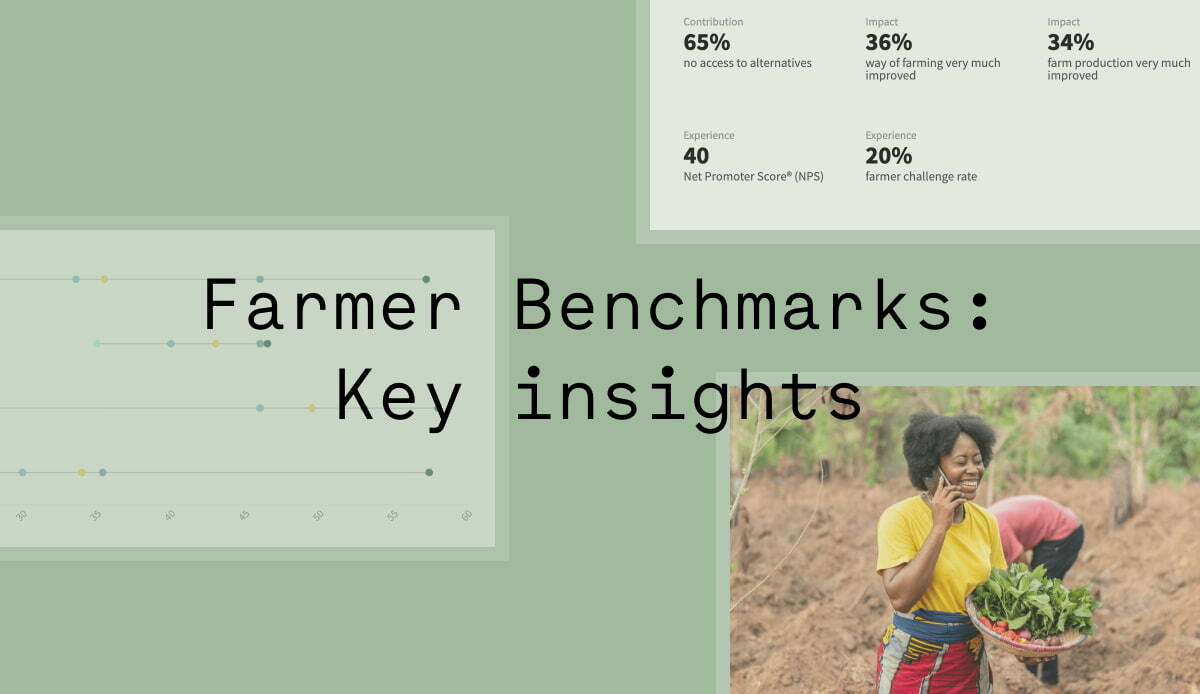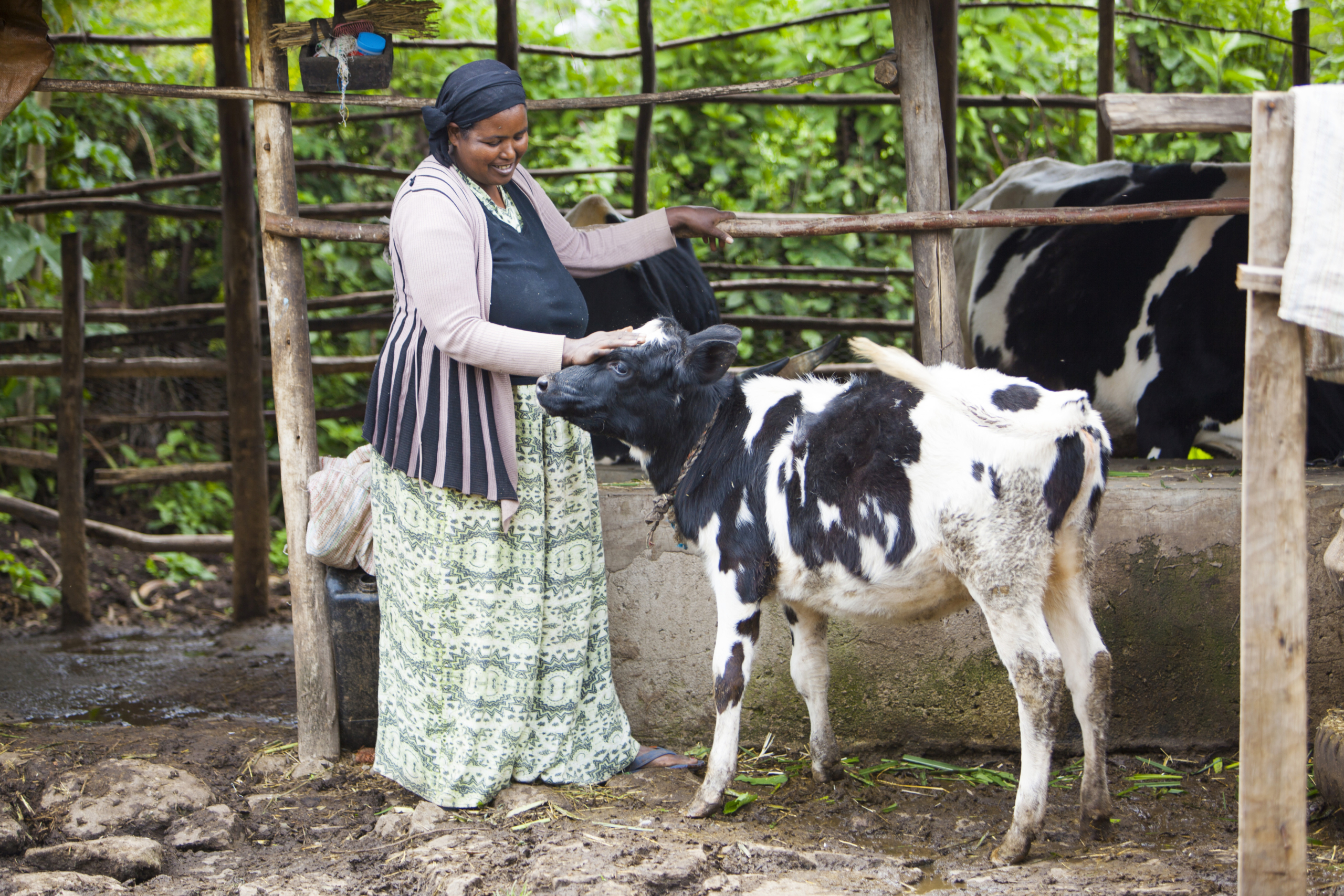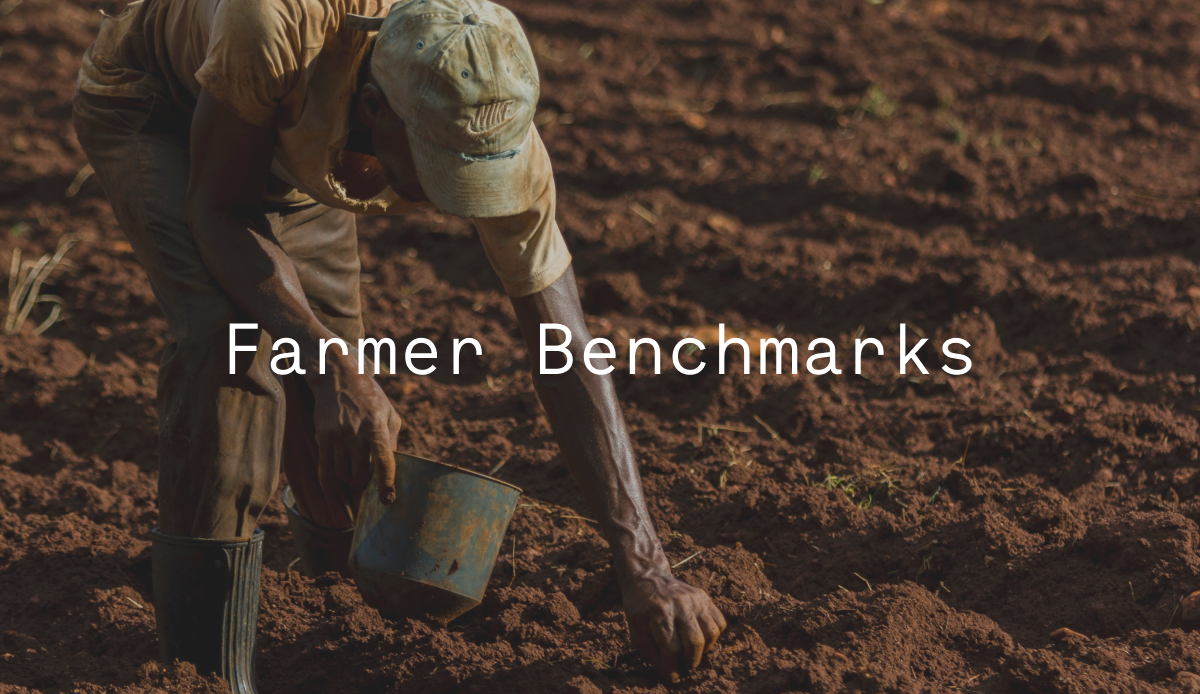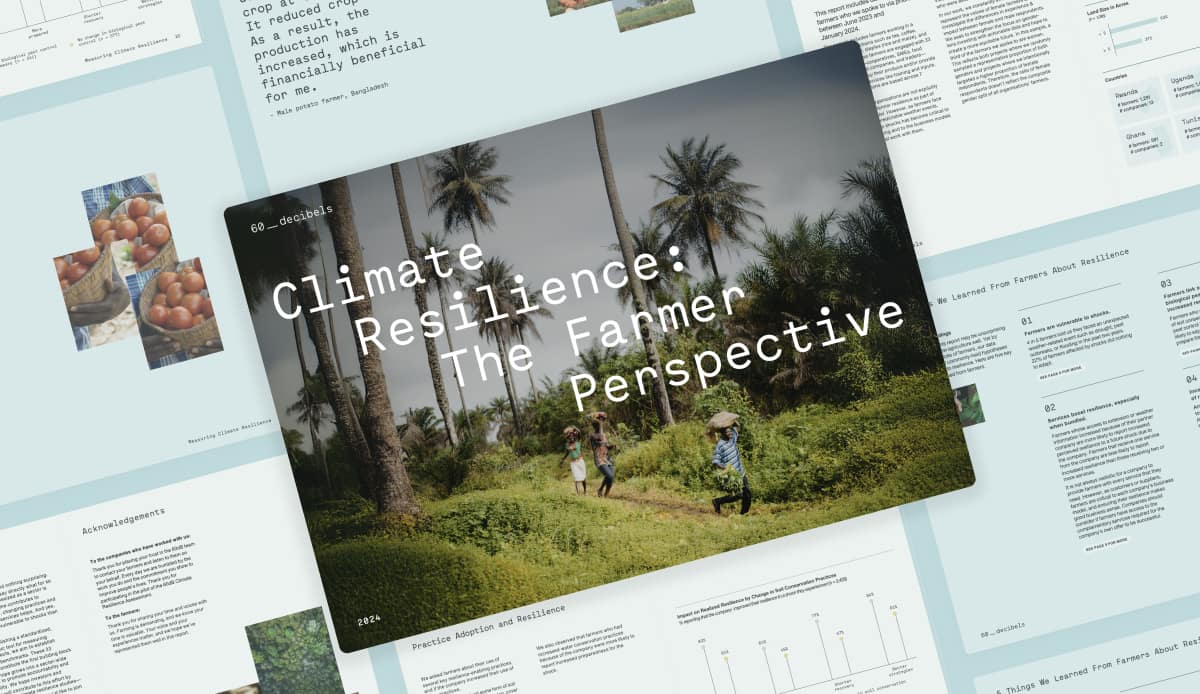
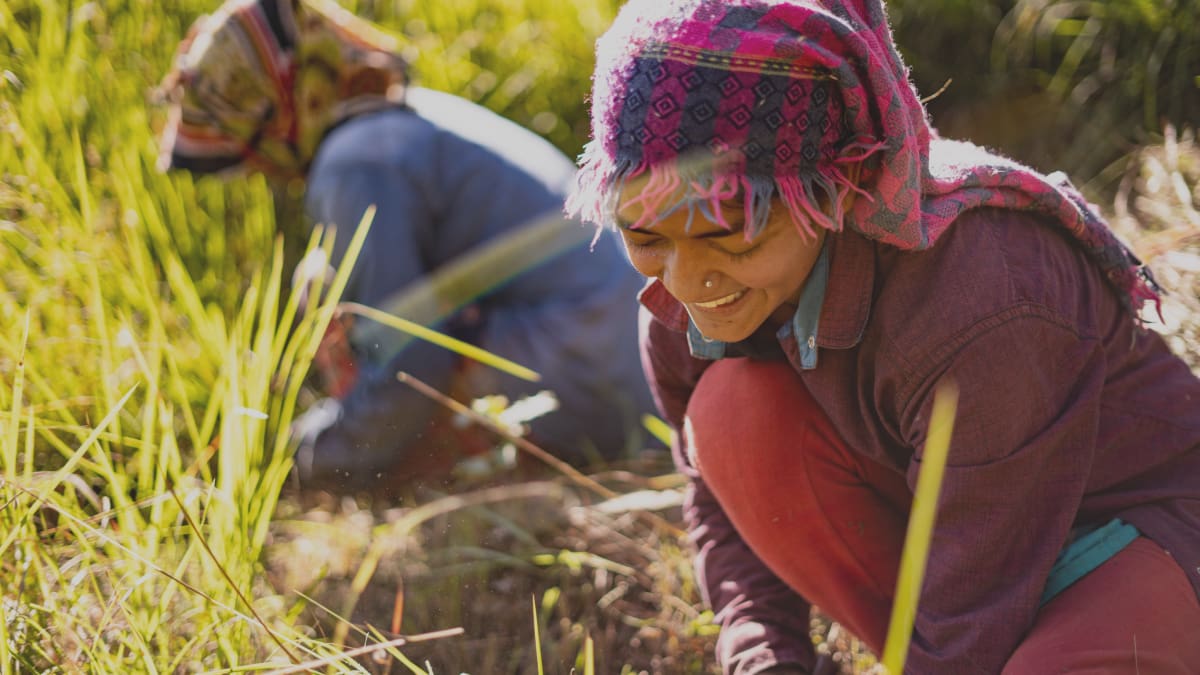
A Solution for Measuring Climate Resilience
The context
Climate change is already here, rapidly altering the world we live in. The cost of inaction on climate change could reach $178 trillion by the end of the 2070, more than the entire global economy’s yearly GDP, making it the number one priority for impact investors in 2023. While a significant portion of investments will go towards mitigation efforts, resources are shifting toward adaptation to support the 3.3 billion people vulnerable to climate change. By supporting communities with tools and resources to adapt to changing weather patterns, investing in resilience can reduce the negative consequences of climate change.
Incorporating resilience building into social investments will soon become the norm; ignoring the changing climate could render other targeted social impact priorities irrelevant. In this shifting landscape, investors, donors, and social enterprises are prioritizing resilience investments, but they need a way to measure their impact. The Global Adaptation and Resilience Investment (GARI) working group asked investors what would attract them to invest in climate resilience and 53% said “clear metrics for climate resilience impacts.” This response was second only to “investable companies.” Some leaders estimate that failing to incorporate resilience data can indirectly drive up the costs of capital, further restricting the flow of resources to vulnerable communities.
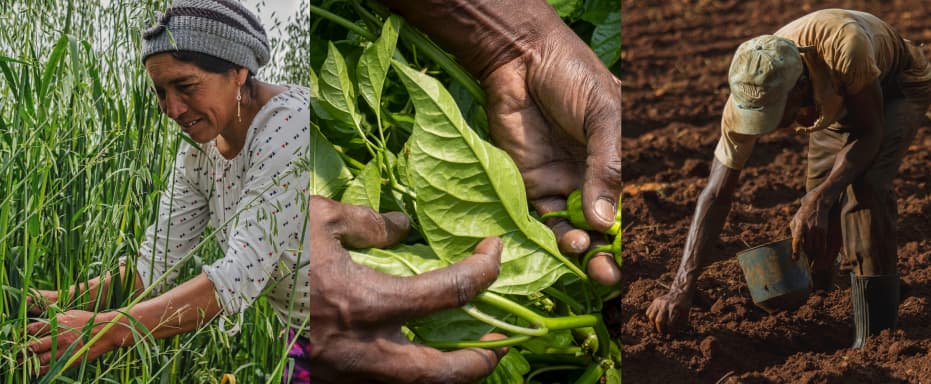
Challenges in Measuring Climate Resilience
The 60 Decibels Climate Resilience Assessment was designed to address two of the biggest challenges in resilience measurement:
- Resilience is context and household specific. A household’s resilience depends on its individual risk exposure – which varies by geography – and the household’s unique situation. Practices that could build resilience for one household could actually lower resilience for another household. For example, taking out a loan could protect some households from risk, but make others more exposed. Gathering all the necessary information about a household’s livelihood profile and risk exposure to effectively measure their resilience takes time and resources that many organizations do not have.
- It is difficult to measure resilience until a shock actually occurs. Resilience impact is the value of avoiding disaster. It can be challenging to determine how much added value exists until a shock actually happens–but investors have a way to know their impact even when no shock occurs.
The Right Insights for the Right Decision Makers
At 60dB, we believe there is a lean way to measure resilience. For the last decade, our team has continuously tested ways to get climate-conscious investors relevant, affordable, and data-driven insights. Through focusing on things that social enterprises can actually impact, we give sector leaders – from bilateral donors to country governments – the data they need. Our past work with the UN, published here, did just that; we evaluated the preemptive measures UN agencies took to prepare the Somalians for a long drought. Our lean resilience measurement strategy focuses on measuring impact—or changes to resilience—rather than diagnosing a household’s vulnerability to shocks. By developing standardized metrics, we’ve created a tool that can be used across different households, farming communities, and non-agricultural households, providing actionable insights to better improve their climate resilience.
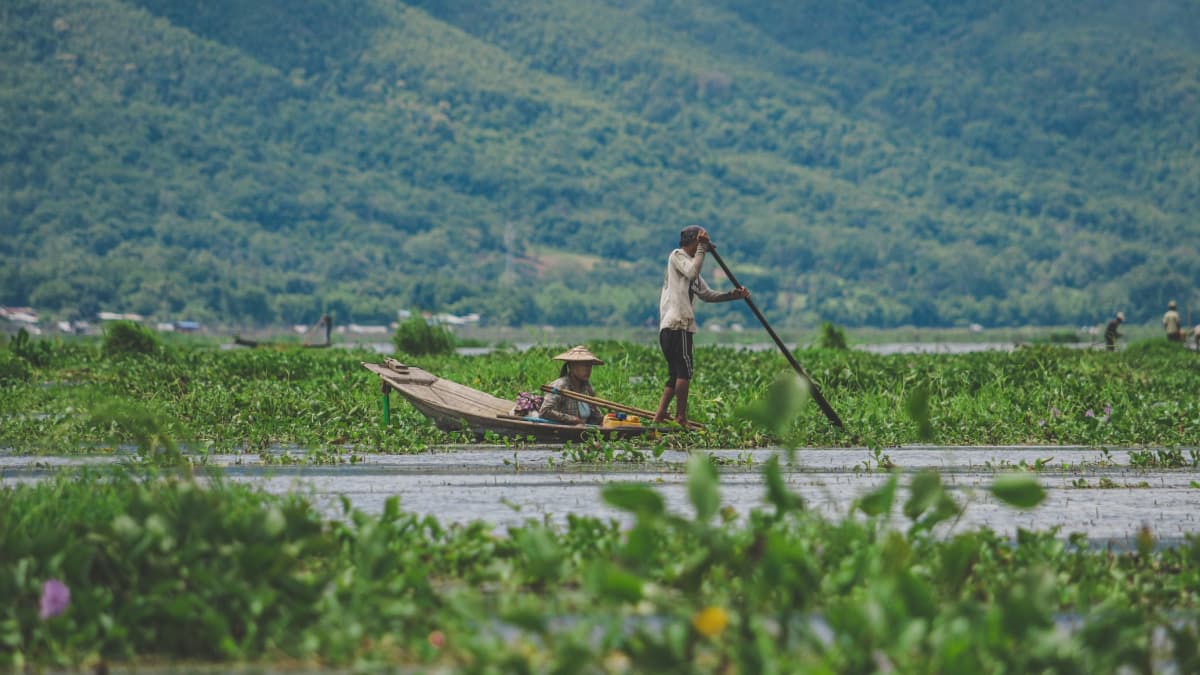
The Climate Resilience Assessment
The Climate Resilience Assessment measures changes in three key dimensions of household resilience, all captured through lean, remote interviews with a representative sample of stakeholders.
- Perceived resilience. We use four key indicators to assess how an individual’s resilience to potential future shocks has changed as a result of working with an organization. These indicators draw on from Jones & Tanner’s work on subjective resilience.
- Realized resilience. For those households who have experienced a shock recently, we capture five more indicators to measure how they fared in the face of a shock, and what was the impact of a given organization on their experience.
- Resources and enablers. We measure changes in a household’s access to key resources and enablers that are proven to be drivers of household resilience, providing objective measures of what factors have changed and actionable insights on how to better support households. These indicators align with COSA’s resilience framework.
Through standardization, we can develop a reliable tool to measure and compare impacts on household resilience across various contexts. The perceived and realized resilience indicators can be used to measure (and compare) impacts on chicken farmers in Ethiopia, coffee farmers in Indonesia, or shopkeepers in Nicaragua. Resources and enablers are designed to be used in tailored combinations while remaining standardized.
We’re Looking for Early Adopters
By using the Climate Resilience Assessment, we can ensure that investments are targeted toward the areas that most need them and have the greatest impact. Join us in supporting smallholder farmers and vulnerable communities in adapting to the threats of climate change.
Click here to get in touch with someone from our Climate Resilience team for more details and pricing.
